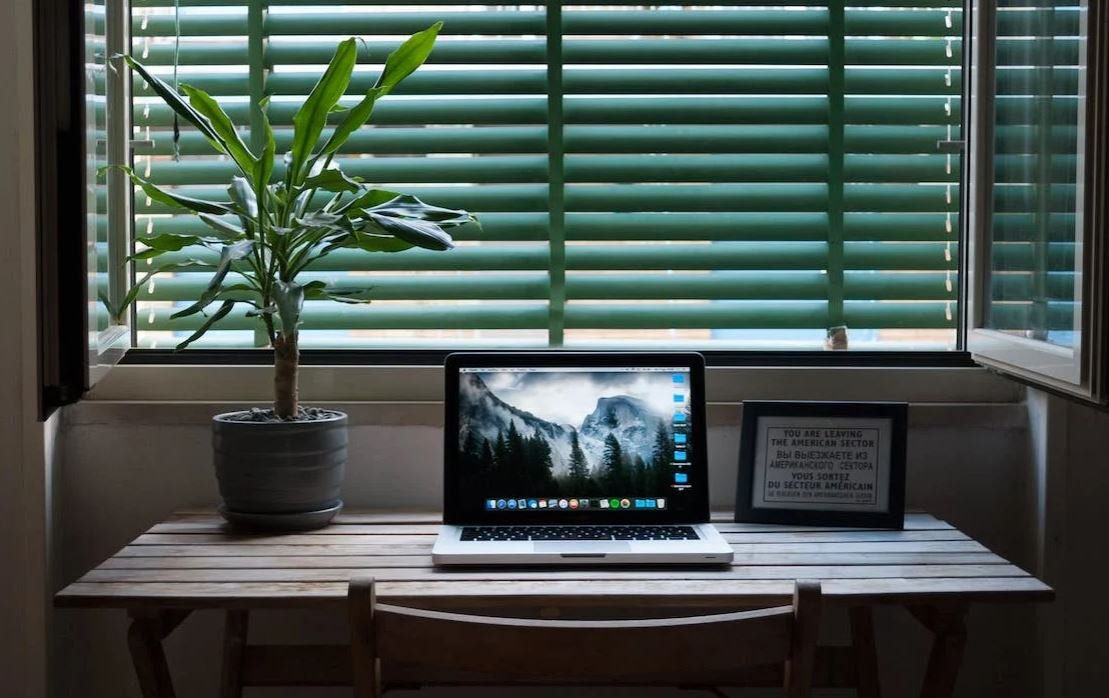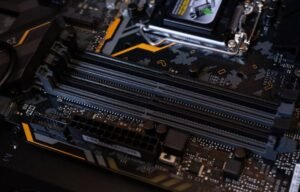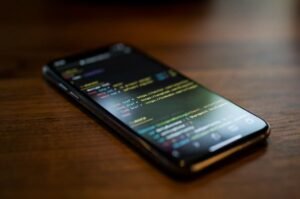Generative Art Drawing
Generative art drawing is a unique form of artistic expression that relies on algorithms and computer programs to create visually stunning and dynamic images. Unlike traditional art forms, which are often created manually by an artist, generative art utilizes code to generate artwork that is both unpredictable and ever-evolving.
Key Takeaways
- Generative art drawing utilizes algorithms and computer programs to create artwork.
- It offers a unique and unpredictable form of artistic expression.
- Generative art is constantly evolving and can produce visually stunning results.
One of the fascinating aspects of generative art drawing is the use of algorithms to automate the creative process. Artists can write code that dictates the rules and parameters within which the artwork is generated. This allows for endless possibilities and variations, making each piece a one-of-a-kind creation. *Generative art challenges the traditional notion of art-making by introducing software as the artist’s tool.*
The process of creating generative art starts with the selection and configuration of algorithms. These algorithms can be based on mathematical equations, fractals, cellular automata, or other computational methods. Once the rules are set, the artist can run the program and let the computer generate the artwork. This iterative process can lead to unexpected and intriguing results, as the artist relinquishes some control over the final outcome. *Generative art blurs the line between artist and machine by allowing the computer to contribute to the creative process.*
History of Generative Art
Generative art has its roots in the 1960s and 70s when computer technology started to become more accessible to artists. Figures like Manfred Mohr and Vera Molnár were pioneers in this field, using algorithms and computer programs to create artwork. *Generative art can be seen as a response to the advancements in technology and the increasing role of computers in society.*
As computers and software improved, generative art became more prevalent and diverse. Artists started to experiment with different algorithms and techniques, exploring the possibilities of randomness and complexity in their artwork. Today, various programming languages and software tools are available specifically for generative art, empowering artists to create their unique visual experiences. *Generative art has evolved alongside technology, gaining more popularity and recognition in recent years.*
The Impact of Generative Art
Generative art has had a significant impact on the contemporary art world. It has challenged traditional notions of authorship and originality, questioning the role of the artist as the sole creator. In addition, generative art has opened up new avenues for collaboration between artists and programmers. *By blurring the boundaries between art and technology, generative art encourages interdisciplinary collaboration and pushes the boundaries of what art can be.*
Furthermore, generative art has found applications beyond the art world. It has been used in fields such as design, architecture, and scientific research. The ability of generative art to create complex and intricate visuals has attracted interest from various industries, seeking to harness its creative potential. *Generative art has become a powerful tool for innovation and problem-solving in diverse domains.*
Data Points
| Year | Event |
|---|---|
| 1962 | First exhibition of computer-generated art by Noll, Sutherland, and Mohr. |
| 1999 | The launch of “Processing,” a programming language and environment for creating generative art. |
| 2002 | Karl Sims’ “Evolved Virtual Creatures,” a pioneering work in generative art, receives an Academy Award. |
The Future of Generative Art
The future of generative art is promising, as advancements in technology continue to push the boundaries of what is possible. With the increasing availability of artificial intelligence and machine learning algorithms, generative art has the potential to evolve even further. *As AI becomes more sophisticated, it may become an integral part of the generative art creation process.*
Additionally, generative art provides a platform for exploring complex concepts and engaging with audiences in new and exciting ways. Artists can use generative art to communicate ideas, spark discussions, and challenge established norms. *Generative art has the power to redefine how we perceive and experience art in the future.*
Interesting Facts
- Belgian artist AnneMarie Maes created a generative artwork that is driven by the activities of live bees.
- Generative art has been showcased in prestigious art galleries and museums worldwide.
- The Generator.x series of exhibitions and conferences have played a crucial role in fostering the development of generative art.
References
- Cope, D. (2000). Virtual artist-david cope creating a computer instrument for music.
- Eno, B. (1996). Generative music. Retrieved from http://music.hyperreal.org/artists/brian_eno/generative_music.html
- Maes, A. (2016). Bee Agency: Deep Learning Bees. Art Meets Radical Openness 2016.
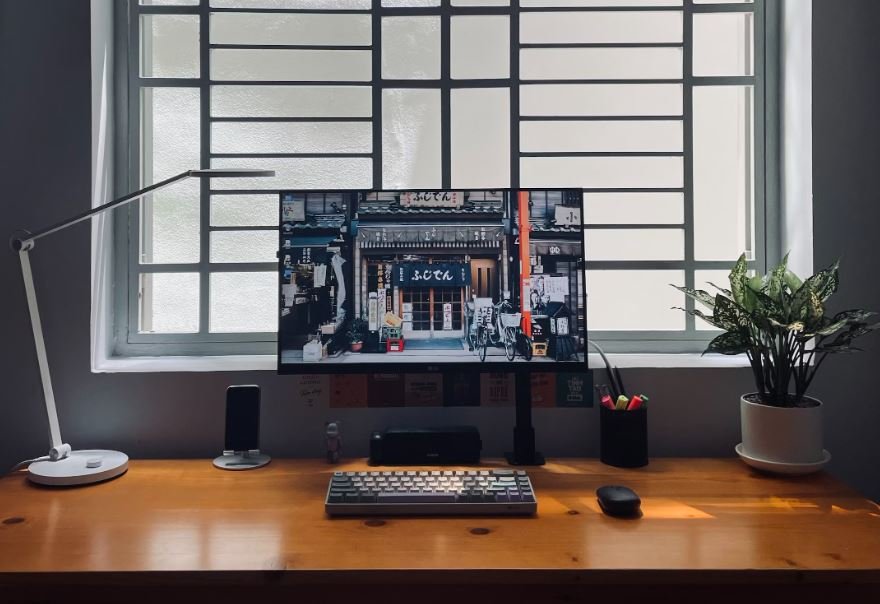
Common Misconceptions
The topic of Generative Art Drawing
Generative art drawing is a fascinating form of artistic expression that often carries some misconceptions. Below, we will debunk some of the common misunderstandings people have around this topic:
1. Generative art is created solely by computers:
- Generative art involves both human creativity and computer algorithms.
- Artists provide the input and control parameters for the algorithm.
- The computer then generates the output, resulting in unique and unexpected artwork.
2. Anyone can create generative art:
- While generative art welcomes a wide range of skill levels, it still requires artistic talent and understanding.
- Artists must possess a keen eye for aesthetics and composition.
- Additionally, they must have a solid grasp of programming or other generative art tools to create meaningful and visually pleasing artwork.
3. Generative art lacks creativity and is purely random:
- Generative art is a unique blend of both randomness and deliberate design choices.
- Artists create algorithms that introduce controlled randomness into the creative process.
- This allows for unpredictability while still maintaining the artist’s intent and creative vision.
4. Generative art is not a “real art” form:
- Generative art has gained recognition and validation in the art world.
- Many galleries and museums exhibit generative art pieces.
- Renowned artists have embraced this medium as a way to explore new artistic possibilities.
5. Generative art is only about aesthetics:
- While aesthetics play a significant role in generative art, it is not the sole focus.
- Generative art can also convey ideas, emotions, and messages through visuals.
- Artists leverage the capability of generative algorithms to express complex concepts and explore new artistic territories.
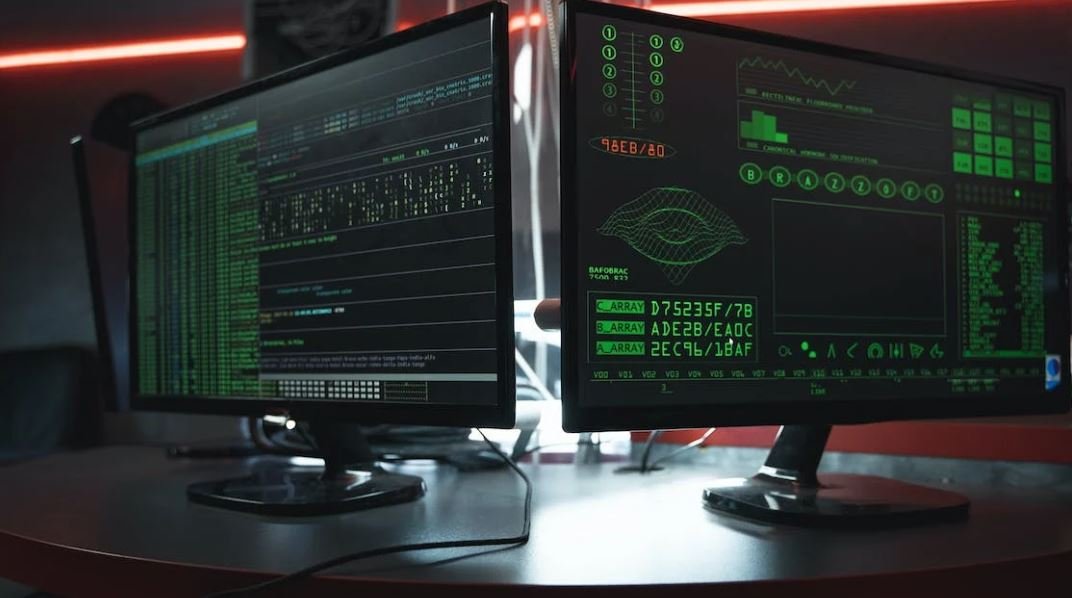
Generative art is a form of creative expression that incorporates algorithms and computational processes to produce unique and evolving visual outputs. By integrating code and imagination, artists can create stunning pieces that challenge traditional notions of art. In this article, we delve into the world of generative art and explore ten fascinating examples that showcase its beauty and diversity.
1. “Emergence of Life”
This mesmerizing generative art piece illustrates the emergence of complex life forms. The intricate patterns and vibrant colors evoke a sense of vitality and growth. Through the use of algorithms, the artist has simulated the organic process of evolution, resulting in a visually breathtaking representation.
2. “Morphing Landscapes”
Using generative algorithms, this artwork simulates the gradual transformation of landscapes over time. From lush forests to arid deserts and snowy mountains, the piece captures the dynamic nature of our environment. Each frame represents a unique configuration, creating a stunning visual journey through diverse terrains.
3. “Ethereal Symmetry”
Featuring symmetrical patterns that seem to float in space, this artwork embodies the ethereal beauty of generative art. The precise geometry and delicate color palette create a sense of tranquility and harmony. As the algorithms evolve, new symmetries emerge, continuously captivating the viewer.
4. “Soundscape Visualization”
Combining generative visuals with audio data, this artwork offers a captivating representation of a musical soundscape. The dynamic patterns and colors synchronize with the audio frequencies, transforming sound into a visual experience. This immersive integration of art and music engages multiple senses, evoking a profound emotional response.
5. “Algorithmic Portraits”
Breaking away from traditional portraiture, this generative art series uses algorithms to deconstruct and reinterpret familiar faces. Each portrait is a unique composition, exploring the intricate relationship between individual features and overall identity. Through the use of code, the artist captures the essence of their subjects in a thought-provoking manner.
6. “Immersive VR Environments”
Bringing generative art into virtual reality (VR), this artwork invites viewers to fully immerse themselves in dynamic visual environments. Utilizing algorithms to generate landscapes and objects, the artist creates a rich sensory experience. Through the use of VR technology, participants can explore and interact with these imaginative realms.
7. “Data Visualization”
This generative art piece transforms complex datasets into visually stunning representations. By applying algorithms to intricate data patterns, the artist reveals hidden insights and structures. The resulting visualizations allow viewers to grasp complex information intuitively, fostering a deeper understanding of the underlying data.
8. “Interactive Installations”
In this fusion of art and technology, generative art installations enable viewer participation. Through sensors and algorithms, the artwork responds to the movements and gestures of the audience. This interactive experience blurs the line between the artist and the viewer, encouraging active engagement and exploration.
9. “Generative Fashion”
Pushing the boundaries of creativity, generative art expands into the world of fashion. Using algorithms to generate textile patterns, designers create unique garments that reflect the principles of generative art. Each piece becomes a wearable canvas, showcasing the endless possibilities of algorithmic creativity.
10. “Collaborative Generative Art”
This artwork highlights the collaborative potential of generative art. Artists from various disciplines come together to create a unified generative piece. Through shared algorithms and aesthetic choices, they blend their individual styles, resulting in a harmonious and evolving collective creation.
In conclusion, generative art represents an exciting frontier in the realm of artistic expression. By leveraging code and algorithms, artists can push the boundaries of imagination, creating visually captivating and intellectually engaging works. From immersive VR experiences to algorithmic portraits and data visualizations, generative art offers a limitless space for exploration and creativity, continuously challenging our perceptions of what art can be.
Frequently Asked Questions
What is generative art drawing?
How does generative art drawing work?
What are the benefits of generative art drawing?
What are some popular tools and software for generative art drawing?
Can anyone create generative art?
Is generative art considered a form of computer-generated art?
Can generative art be considered fine art?
Can generative art be printed and sold as physical artwork?
Is generative art limited to digital formats only?
Are there any historical examples of generative art?

